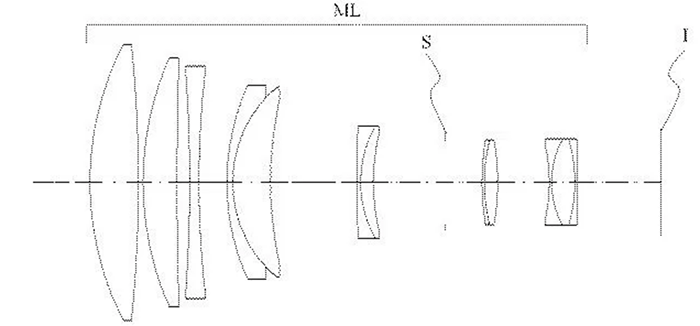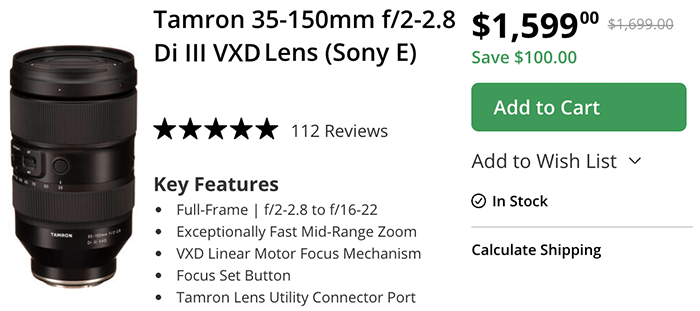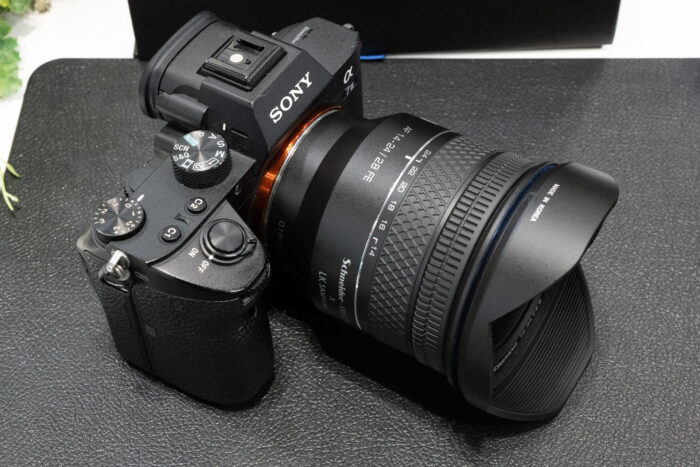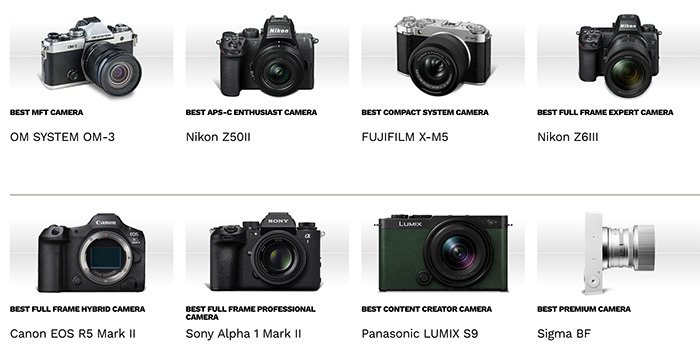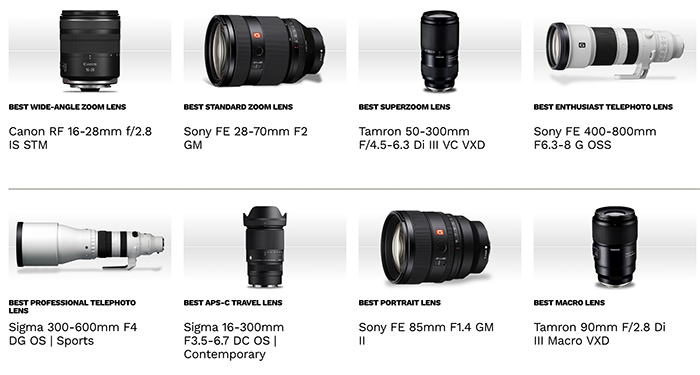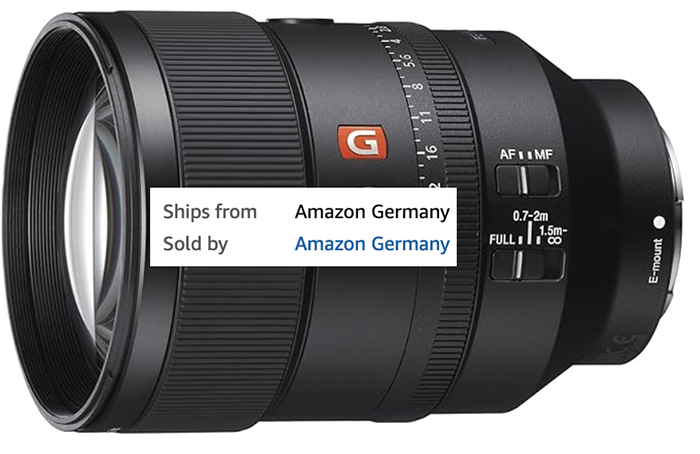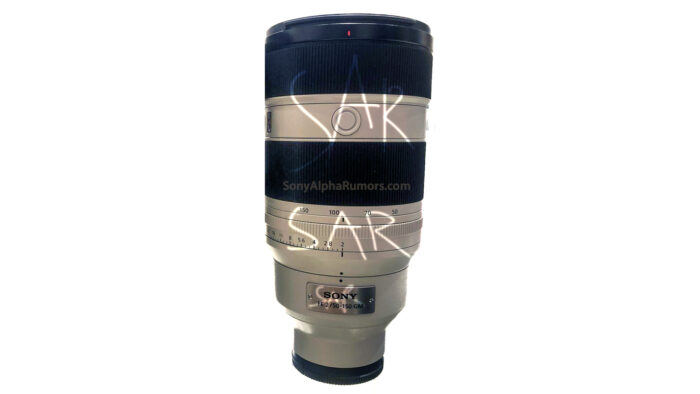The big Tamron FE lens discounts are ending on April 21
ENDS TOMORROW: Tamron USA E-mount lens rebates you can find on those pages at BHphoto, Amazon, Adorama.
Lenses with lowest price ever:
- 35-150mm f/2.0-2.8 for $1,699 at Amazon, BHphoto, Adorama ($200 lower than previous best price)
- Tamron 70-180mm f/2.8 Di III for $1099 at Amazon, BHphoto, Adorama ($100 lower than previous best price)
- 50-400mm f/4.5-6.3 Di III for $1199 at Amazon, BHphoto, Adorama ($100 lower than previous best price)
- Tamron 28-200mm f/2.8-5.6 Di III RXD for $649 at Amazon, BHphoto, Adorama ($50 lower than previous best price)
- Tamron 70-300mm f/4.5-6.3 Di III RXD for $499 at Amazon, BHphoto, Adorama ($100 lower than previous best price)
Other lens on rebate matching some of the previous deals:
- Tamron 28-75mm f/2.8 for $699 at Amazon, BHphoto, Adorama ($200 off)
- Tamron 150-500mm f/5-6.7 Di III for $1199 at Amazon, BHphoto, Adorama ($100 off)
- Tamron 17-28mm f/2.8 Di III RXD for $799 at Amazon, BHphoto, Adorama ($100 off)
- Tamron 11-20mm f/2.8 Di III-A RXD for $699 at Amazon, BHphoto, Adorama ($130 off)
- Tamron 18-300mm f/3.5-6.3 Di III-A VC VXD for $599 at Amazon, BHphoto, Adorama ($100 off)
- Tamron 17-50mm f/4 Di III VXD for $549 at Amazon, BHphoto, Adorama ($150 off)
- Tamron 20mm f/2.8 Di III OSD for $249 at Amazon, BHphoto, Adorama ($50 off)
- Tamron 35mm f/2.8 Di III OSD for $199 at Amazon, BHphoto, Adorama ($50 off)
- Tamron 24mm f/2.8 Di III OSD for $199 at Amazon, BHphoto, Adorama ($50 off)

